Padel racket types (complete guide)
Choosing the right padel racquet type can feel overwhelming. But, no need to worry. We’ve put together this guide to help you find the perfect racquet for you!
So, you’ve just discovered padel, and now you’re hooked—welcome to the club! This sport is taking over courts everywhere, blending the best of tennis, squash, and its own unique flavor.
But if you really want to up your game, you’ve got to have the right racket. And let’s be honest, choosing the perfect padel racket can feel like navigating a maze of options. Round? Diamond? Soft core? Hard core? It’s enough to make your head spin!
But don’t worry, we’ve got your back. This guide is here to break down everything you need to know about padel rackets—no fluff, just the good stuff. We’re here to help you find the racket that’s going to make you feel like a superstar on the court!

Source: Freepik
Understanding Padel rackets
Alright, let’s start with the basics. If you’re diving into the world of padel, it’s crucial to know what makes a padel racket tick. Unlike tennis or badminton rackets, padel rackets have their own unique design and construction that directly impacts your gameplay. Let’s break it down.
What is a Padel racket?
At first glance, a padel racket might look like a mini version of a tennis racket, but it’s got its own thing going on. The biggest difference? No strings! Padel rackets are solid, perforated paddles made from composite materials like carbon fiber, fiberglass, or a mix of both.
They’re shorter and more compact, making them easier to handle in tight spaces, which is perfect since padel courts are a lot smaller than tennis courts. The perforations on the surface aren’t just for looks—they reduce air resistance, making your swings faster and more controlled.
Key Components of a Padel Racket
Now, let’s talk about what makes up a padel racket and how each part affects your play:
- Frame: The frame is the skeleton of your racket. It’s usually made from carbon fiber or fiberglass, providing strength and durability. The frame’s thickness and material can influence how the racket feels in your hand and how much power you can generate.
- Core material: The core is what gives the racket its ‘feel.’ It’s typically made of EVA (Ethylene Vinyl Acetate) foam or PE (Polyethylene) foam. EVA cores are firmer, offering more control and power, while PE cores are softer, giving you better shock absorption and comfort.
- Surface: The surface of the racket can be smooth or textured. A smooth surface gives you a clean hit, while a textured surface can add spin to your shots. Some players swear by the extra spin, but it really comes down to personal preference.
- Weight distribution (balance): This one’s a biggie. The balance of your racket—whether it’s head-heavy, head-light, or even-balanced—affects how it feels during play. Head-heavy rackets pack more punch, while head-light rackets are easier to maneuver. Even-balanced rackets aim to give you the best of both worlds.
Types of Padel rackets
Choosing the right pickleball paddle as a beginner can really impact your game. Here are some of the best beginner-friendly options for 2024 that strike a good balance between performance, comfort, and affordability:
Based on shape
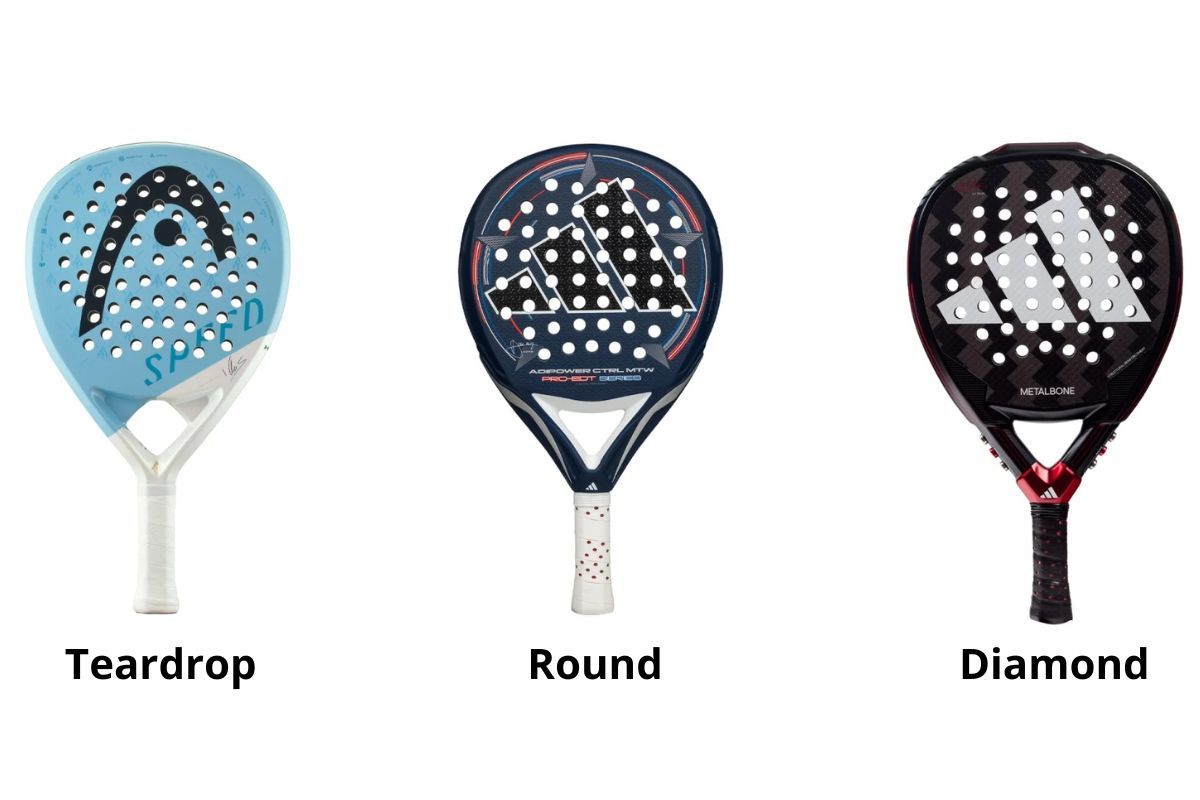
Source: Amazon
1. Round Padel rackets
Round rackets are the go-to choice for beginners and players who prioritize control over power. The sweet spot (the area where you get the best hit) is larger and centered, making it easier to connect with the ball consistently.
This shape gives you great control, so you can focus on placing your shots exactly where you want them. If you’re just starting out or want to up your accuracy game, a round racket is your new best friend.
Best for: Beginners and control-oriented players.
2. Teardrop Padel rackets
Teardrop-shaped rackets are the perfect middle ground between power and control. The sweet spot is slightly higher than in round rackets, giving you a bit more power without sacrificing too much control.
These rackets are versatile and ideal for intermediate players who want a balanced approach to their game. If you’re looking for a racket that can handle all types of play, teardrop is the way to go.
Best for: Intermediate players seeking a balance between power and control.
3. Diamond Padel rackets
Diamond-shaped rackets are all about power. The sweet spot is located higher up, which means you can generate more force with each shot. However, this comes at the cost of control, so they’re better suited for advanced players who have the skill to handle the racket’s power.
If you love smashing the ball and dominating the game with aggressive shots, a diamond-shaped racket is what you need.
Best for: Advanced players who prioritize power and aggressive play.
Based on balance
Source: HelloDavidPradoPerucha on Freepik
1. Head-Heavy Rackets
Head-heavy rackets are designed for players who want maximum power in their shots. The extra weight in the head gives your smashes that extra oomph, but it can also make the racket harder to control and maneuver.
These rackets are best for players who prefer an aggressive, power-oriented game and are comfortable sacrificing a bit of control for that knockout punch.
Best for: Aggressive players focused on power.
2. Head-Light Rackets
Head-light rackets are all about control and maneuverability. The weight is concentrated towards the handle, making the racket easier to swing and position. This makes them ideal for defensive players or those who value precision and quick reflexes over raw power.
If you like to outsmart your opponents with placement and finesse, a head-light racket is your best bet.
Best for: Defensive players and those who value control and quick maneuverability.
3. Even-Balanced Rackets
Even-balanced rackets strike a perfect harmony between power and control. They’re designed for players who want a versatile racket that can adapt to different playing styles and situations. Whether you’re smashing from the back of the court or placing delicate shots at the net, an even-balanced racket gives you the flexibility to do it all.
Best for: All-round players who want versatility in both power and control.
Based on core material
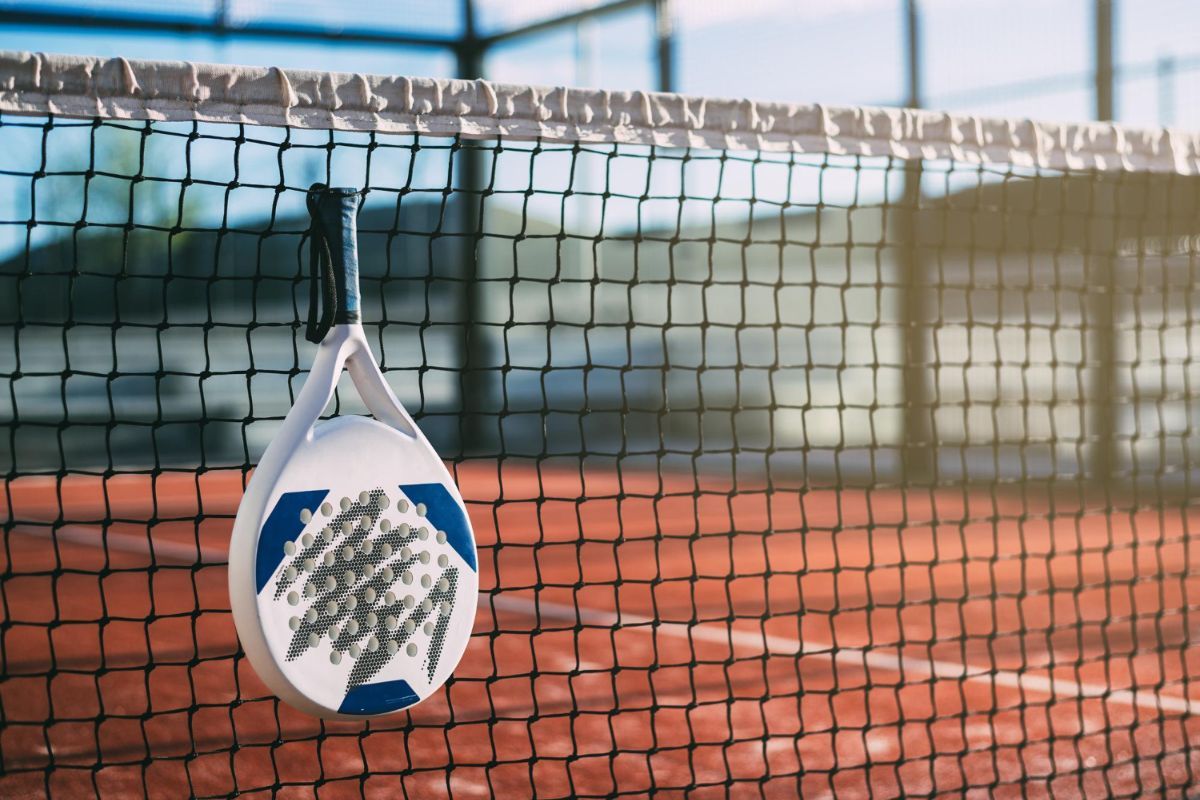
Source: HelloDavidPradoPerucha on Freepik
1. Soft core rackets
Soft core rackets offer a more cushioned feel, making them easier on your arms and joints. They’re great for players who prioritize comfort and control, as the softer core absorbs more of the impact from the ball. However, they might lack a bit of power.
Best for: Players seeking comfort and control with less impact on joints.
2. Hard core rackets
Hard core rackets are firmer and deliver more power with each shot. They’re ideal for aggressive players who want their racket to respond quickly and forcefully.
Best for: Experienced players who prioritize power and quick response.
3. Hybrid core rackets
Hybrid core rackets offer the best of both worlds by combining elements of both soft and hard cores. They provide a balanced mix of power and comfort, making them versatile options for players who want a bit of everything.
Best for: Players looking for a balance between power and comfort.
How to choose the right Padel racket
Alright, you’ve got the lowdown on the different types of padel rackets—now it’s time to find the one that’s just right for you.
Choosing the perfect racket isn’t just about picking the coolest design or the latest model; it’s about finding a racket that matches your skill level, playing style, and personal preferences. Here’s how to zero in on the ideal racket for your game.
Skill level considerations
Source: Freepik
1. Beginners
If you’re new to padel, you’ll want a racket that’s forgiving and easy to handle. Look for a round-shaped racket with a larger sweet spot, which will help you make consistent contact with the ball.
Opt for a soft core to absorb impact and reduce the strain on your arm as you get used to the game. Control should be your priority at this stage, so go for a racket that helps you place your shots with precision.
2. Intermediate players
As you gain experience, you might want to explore rackets that offer a bit more power without compromising too much on control. Teardrop-shaped rackets are a great choice for intermediate players because they provide a balance between power and control. A medium-weight racket with an even balance will allow you to develop a more versatile game, adapting to different situations on the court.
3. Advanced players
If you’re an advanced player, you likely have a strong sense of your playing style, so your racket should reflect that. Diamond-shaped rackets are ideal for power hitters who want to dominate with aggressive shots.
If control is your forte, a head-light, round racket with a hard core might be more up your alley. You can also experiment with hybrid core rackets to find the perfect balance for your style.
Playing style
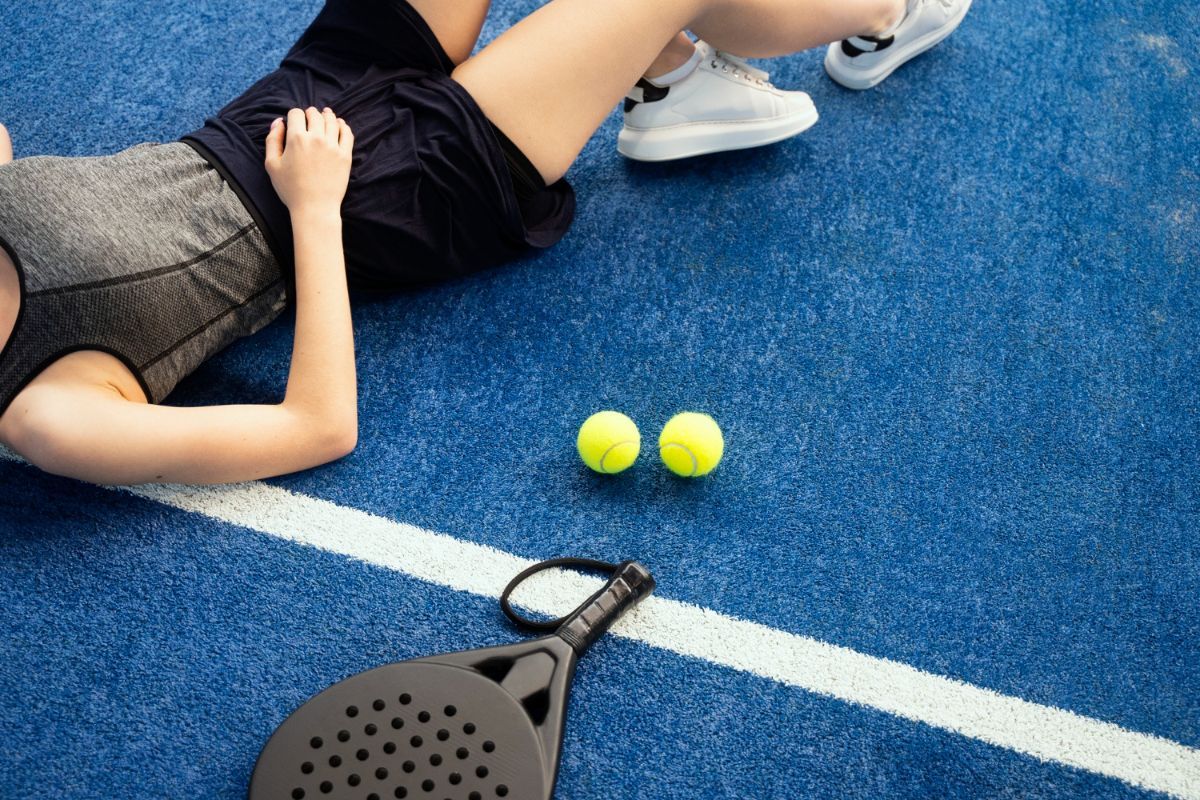
Source: Freepik
1. Control-oriented players
If you’re all about placing the ball exactly where you want it, you’ll need a racket that offers exceptional control. Look for a round-shaped, head-light racket with a soft or medium core. This combination will give you the maneuverability and touch needed to execute precise shots, whether you’re defending or attacking.
2. Power-oriented players
For those who love to smash and overwhelm their opponents with power, a diamond-shaped, head-heavy racket is the way to go. The added weight in the head and a hard core will help you generate maximum force with each shot, making it easier to hit those blistering smashes that leave your opponents scrambling.
3. All-round players
If you like to mix things up, you’ll want a versatile racket that can handle both power and control. A teardrop-shaped racket with an even balance and a hybrid core will give you the flexibility to switch between offensive and defensive play. This type of racket is great for players who want to keep their opponents guessing and adapt to any situation on the court.
Physical factors
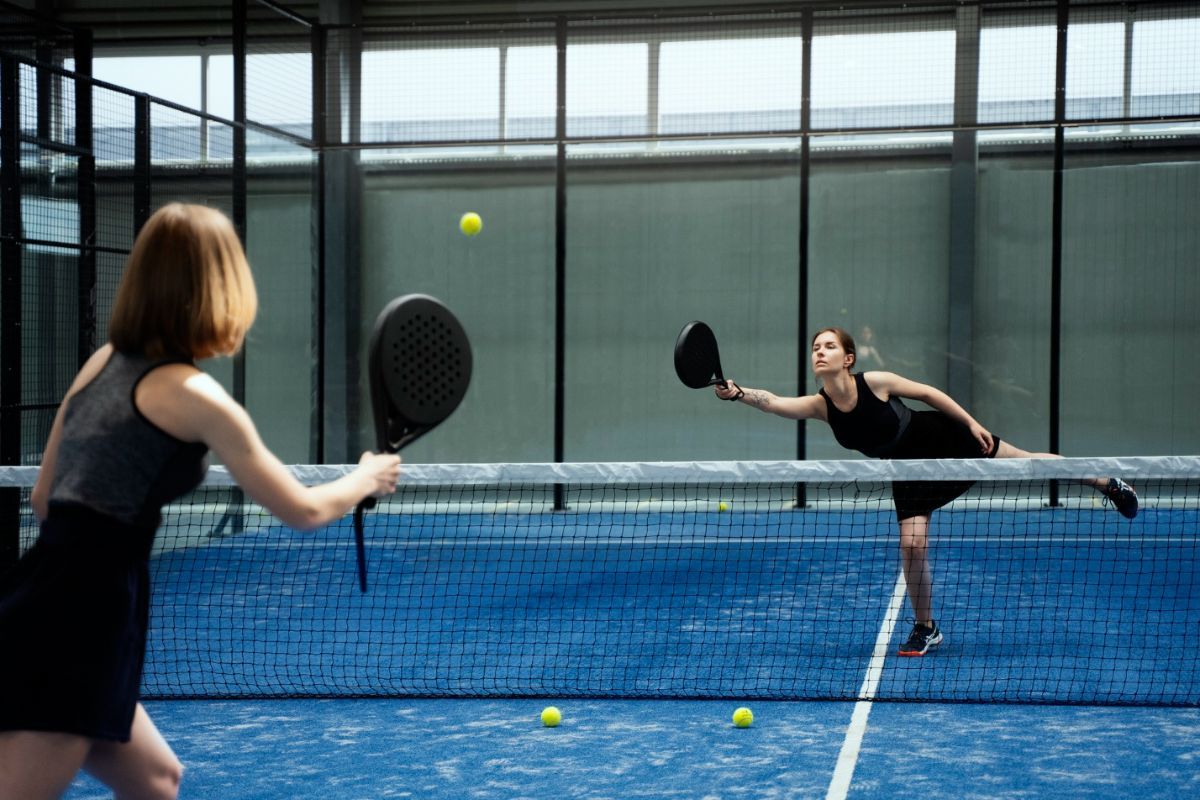
Source: Freepik
1. Weight and balance preferences
The weight of your racket plays a big role in how it feels during play. Lighter rackets are easier to maneuver and better for control, while heavier rackets offer more power. Consider your physical strength and endurance—if you have a strong arm and love powerful shots, go for a heavier racket.
If you prefer agility and quick responses, a lighter racket will suit you better. Balance is also key: head-heavy rackets favor power, head-light rackets favor control, and even-balanced rackets are great for versatility.
2. Grip Size and Comfort
Your grip size can make a big difference in how comfortable your racket feels. A grip that’s too large or too small can lead to discomfort or even injury over time.
Make sure the grip fits your hand well—you should be able to comfortably hold the racket without feeling like you’re straining your fingers or wrist. If necessary, you can always add an overgrip to fine-tune the size.
Budget and brand preferences
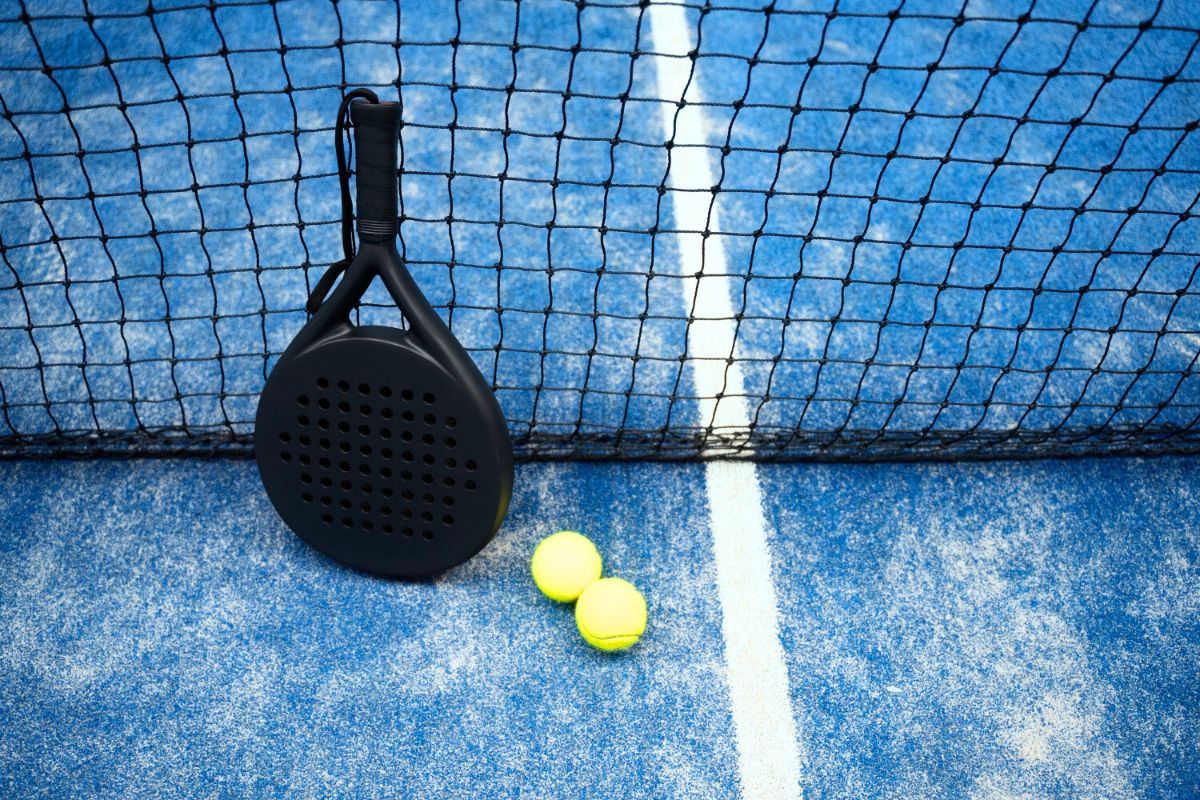
Source: Freepik
1. High-end vs. Budget-friendly options
When it comes to price, padel rackets range from budget-friendly to high-end models. High-end rackets often feature advanced materials and technologies that can enhance your game, but that doesn’t mean you need to break the bank.
There are plenty of affordable options that offer great performance, especially if you’re a beginner or intermediate player. Consider how much you’re willing to invest and remember that a more expensive racket won’t automatically make you a better player—what matters most is finding a racket that fits your needs.
2. Popular brands and their specialties
Certain brands have made a name for themselves in the padel world by offering specific features or technologies. For example, some brands are known for their durability, while others excel in creating lightweight, easy-to-handle rackets.
Do a bit of research on the top brands, like Bullpadel, Adidas, Head, and Nox, to see which one aligns with your preferences and playing style. Trying out a few rackets before committing can also help you find the best fit.
Cheers,
Friska 🐨
Read next: Padel vs Pickleball: What's the difference?
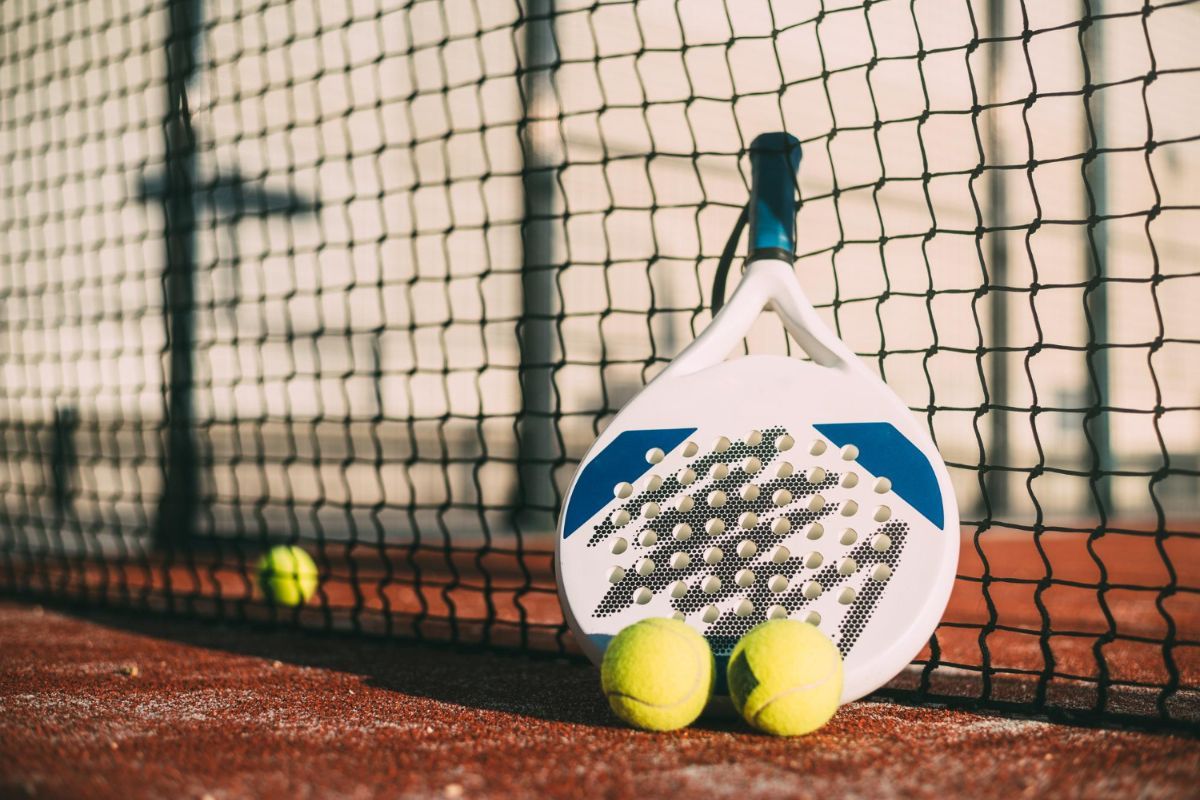
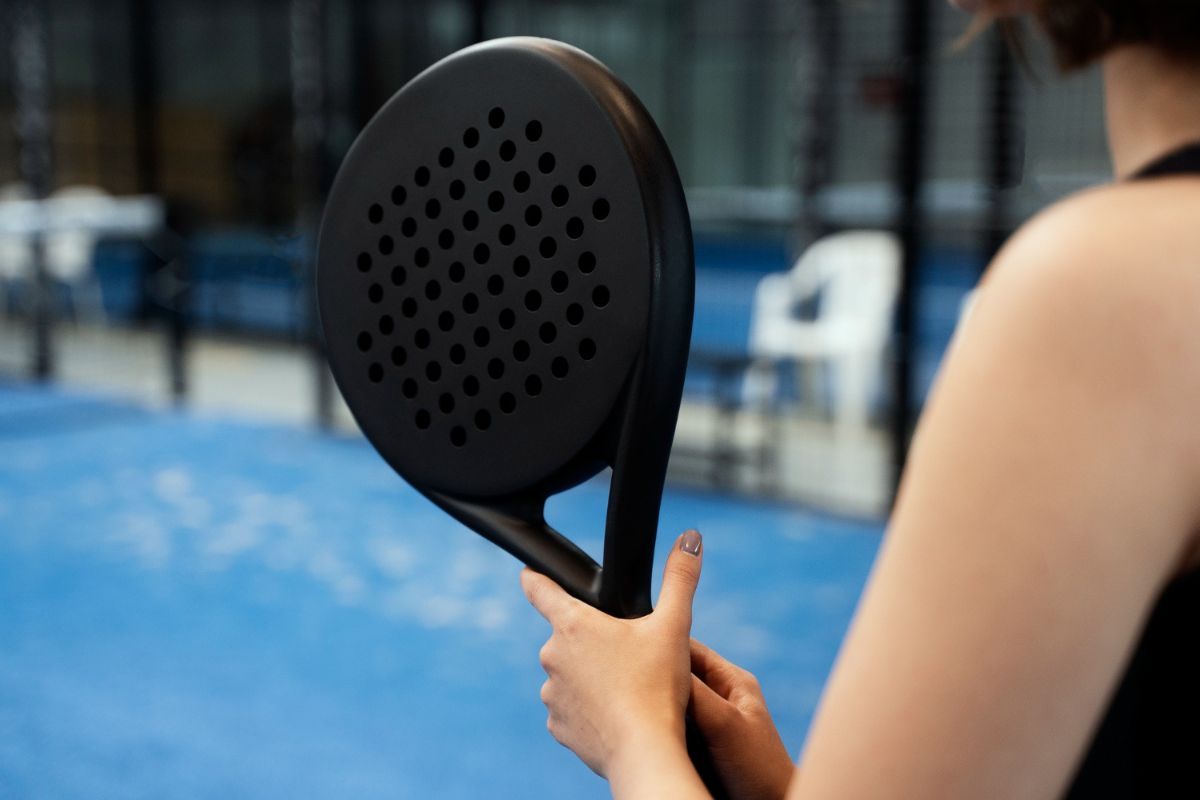
.jpg)
